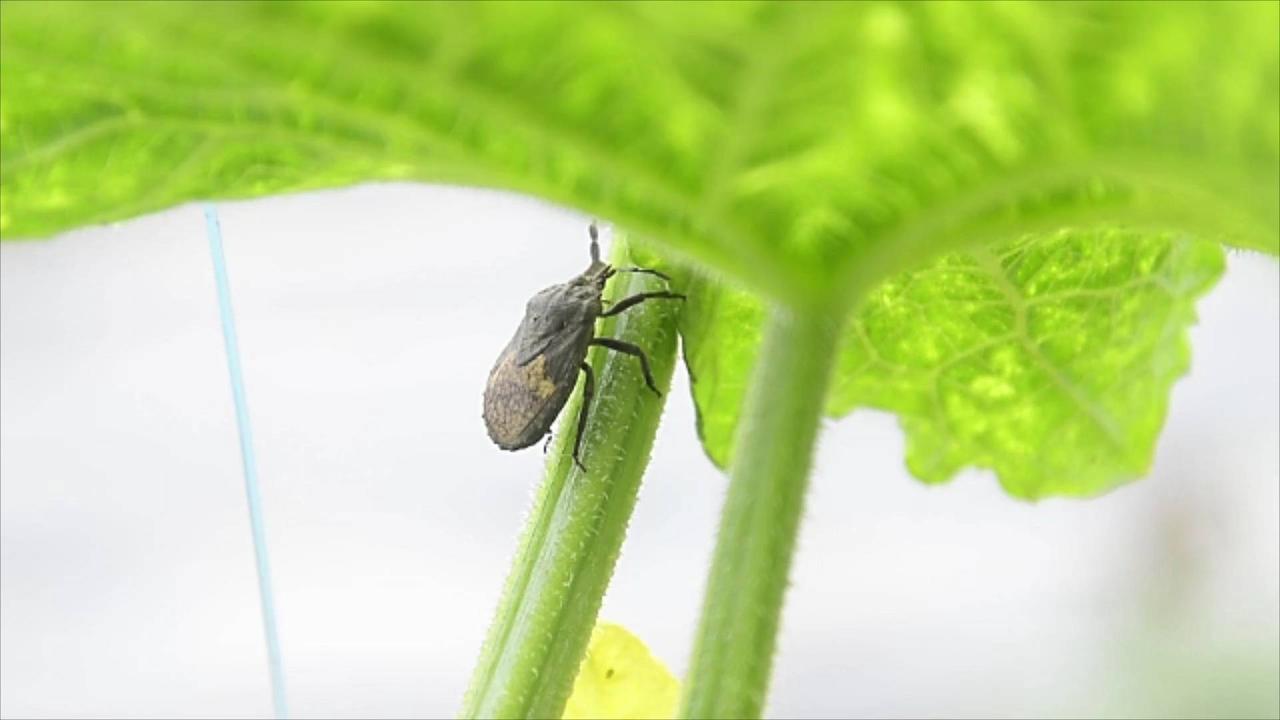Scientists Release Natural Predator of Invasive Weed in 'World First'

Scientists Release Natural Predator of Invasive Weed in 'World First'
Scientists Release Natural Predator, of Invasive Weed in 'World First'.
'Newsweek' reports that scientists in Australia are looking to combat invasive water weeds by releasing an army of the plant's nemesis: weevils.
The release is part of a cooperation between researchers at Australia's Commonwealth Scientific and Industrial Research Organisation (CSIRO) and Seqwater.
Seqwater, one of Australia's largest water companies, agreed to the release of weevils to prevent the spread of the invasive cabomba plant.
Seqwater, one of Australia's largest water companies, agreed to the release of weevils to prevent the spread of the invasive cabomba plant.
It is a world first.
There is no biocontrol program [for cabomba] happening in any other parts of the world, Kumaran Nagalingam, senior research scientist at CSIRO, via 'Newsweek'.
Cabomba caroliniana, a fast-spreading weed introduced to Australia from South America in the 60s, can wreak havoc on native plants and animals.
.
It outcompetes all of our native plants that used to live in the lakes and it can affect animals as well because they don't like to live in such a dense plant material, David Roberts, Senior scientist with Seqwater, via 'Newsweek'.
Cabomba grows up to 5cm [nearly 2 inches] a day, strangling native ecosystems, choking waterways and impacting native aquatic animal and plant populations, David Roberts, Senior scientist with Seqwater, via 'Newsweek'.
According to 'Newsweek,' cabomba can also block inlets and piping, posing a threat to both boaters and swimmers who could get caught in its tendrils.
Cabomba has quite a few natural enemies associated with it, but one thing that we have to make sure is that they are specific only to cabomba—it doesn't eat or double up on other native plants, Kumaran Nagalingam, senior research scientist at CSIRO, via 'Newsweek'.
Cabomba has quite a few natural enemies associated with it, but one thing that we have to make sure is that they are specific only to cabomba—it doesn't eat or double up on other native plants, Kumaran Nagalingam, senior research scientist at CSIRO, via 'Newsweek'.
The weevils will first be released in Lake Kurwongbah, outside of Brisbane, Queensland, before being released into other lakes around Australia


![DIY aircraft take flight at Argentina’s experimental aviation show [Video]](https://video.newsserve.net/300/v/20250317/1405299694-DIY-aircraft-take-flight-at-Argentina-experimental.jpg)

![Pope Francis to Make 1st Public Appearance in Over a Month Amid Health Battle– Vatican Confirms Date [Video]](https://video.newsserve.net/300/v/20250323/1405911042-Pope-Francis-to-Make-1st-Public-Appearance-in.jpg)